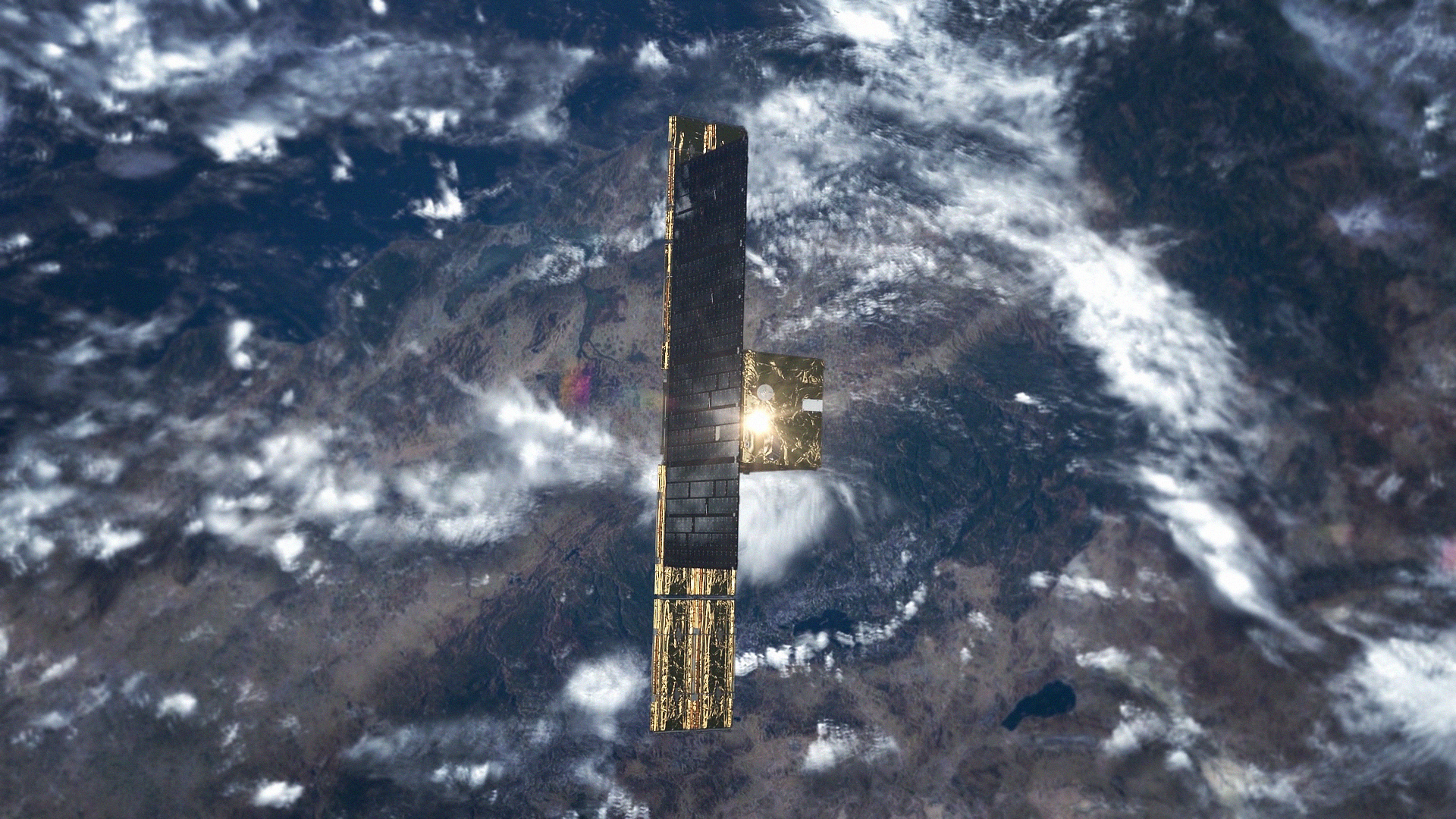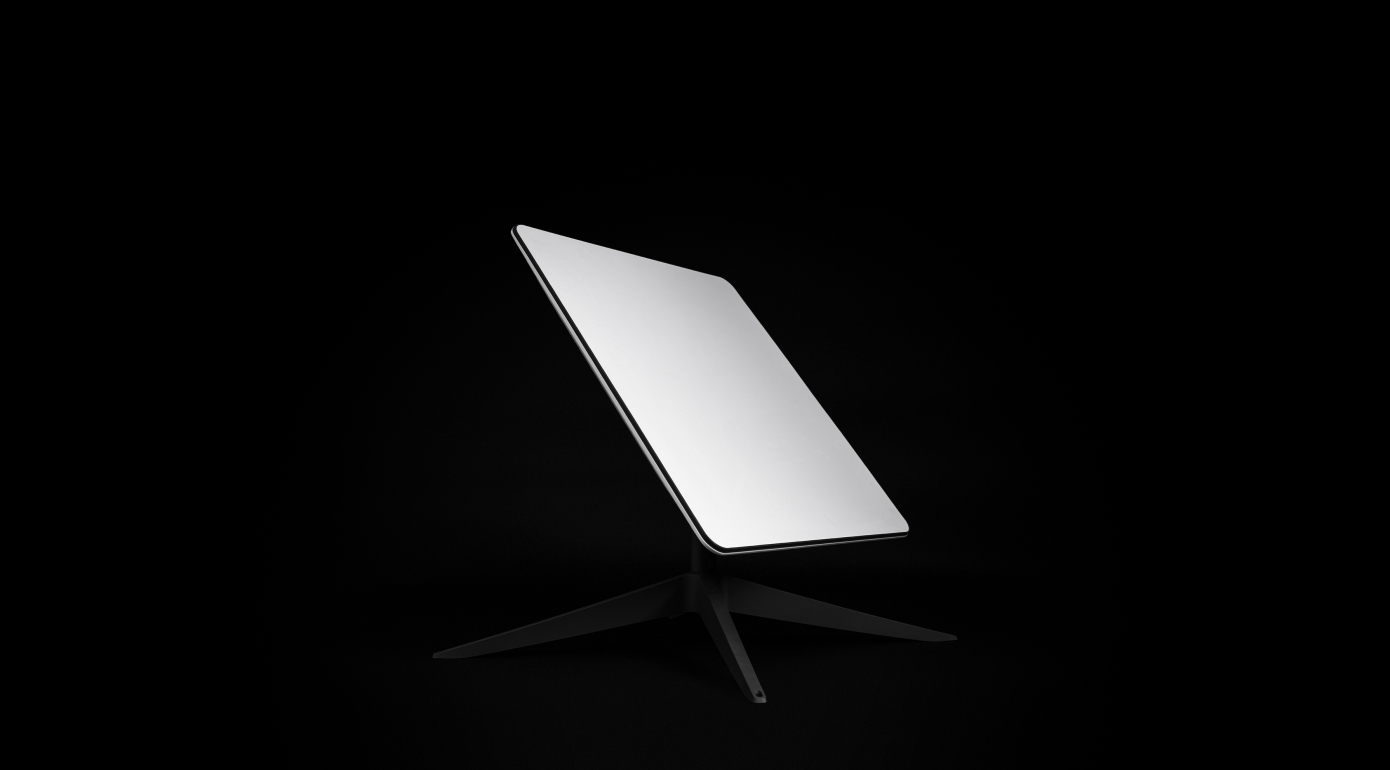Earth observation is the place to be in space – TechCrunch
Your friendly neighborhood Max Q welcomes you to the week of February 7!
This past week saw some strong signs that the big boom in commercial space for the foreseeable future is going to land in Earth observation. It’s not like this has been an ignored market in the past: GPS is basically a type of EO. But changes in market dynamics, as well as cost and availability of related technologies (not to mention the cost for a ride to space), have all come together in a way that ends up being kind of a perfect storm.
Don’t forget to sign up to get the free newsletter version of Max Q delivered to your inbox.
ICEYE raises $136 million
One of the earliest commercial players in the synthetic aperture radar (SAR) imaging market has raised a sizeable Series D funding round, bringing its total raised to nearly a third of a billion. SAR basically means satellite-based Earth imaging that allows you to see through cloud cover, the darkness of night or basically anything else that might obscure a regular old visible light camera.
The company now claims that it’s second only to SpaceX in terms of the amount it has raised while remaining a private company. That’s not just important because of bragging rights: It’s a clear signal from private equity investors that this is an area they expect to become a lot bigger and more profitable in the future, particularly if helped by some fuel for the fire.
Wyvern adds $4M, bringing the tiny startup to $9.5M closed in just a few weeks
Another EO startup at the opposite end of its lifecycle has raised a significant amount of new money, in the form of a $4 million contract award sourced from an initiative run by the government of Canada. The funding vehicle backs startups working on clean technology innovation, and doesn’t take equity, instead parceling out its awards over a set term in response to the startup meeting certain milestones.
This comes hot on the heels of its $4.5 million seed round, which includes both equity backing and a Canadian government grant (separate from the injection today). For a young startup that’s still small, that means a considerable war chest without having to hand out all that much in terms of ownership.
Wyvern’s business is hyperspectral imaging, which, like SAR, lets you see more and with more detail than traditional optical imaging. Hyperspectral has long been too expensive to commercialize properly, and restricted by certain governments (i.e. the U.S.) in terms of its use by private companies — but all that’s changing, and the gold rush is on.
SpaceX now offers pricey premium Starlink
Starlink has now been available for quite a while, but a new offering promises better connectivity for those willing to fork over more money. It’s quite a bit more money — 5x more at $500 monthly, but for that price you get a better receiver that can handle moving more internet bits up and down (150-500Mbps, up from 40-250 on the consumer offering, per SpaceX).
This one’s squarely aimed at businesses, which is a good idea for Starlink in terms of seeking much more recurring revenue from a less price-sensitive customer segment.
Other news from TC and beyond
SpaceX launches yet more Starlink satellites and an NRO satellite.
Blue Origin tests the jettison process for its huge New Glenn rocket payload fairing.
Rocket Lab is opening a new Space Systems complex in Colorado to add to its growing U.S. footprint.








Pingback: you could try here
Pingback: Wo kann ich Anavar Kaufen
Pingback: 티비위키
Pingback: basics
Pingback: more information
Pingback: ทีเด็ดฟุตบอล